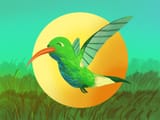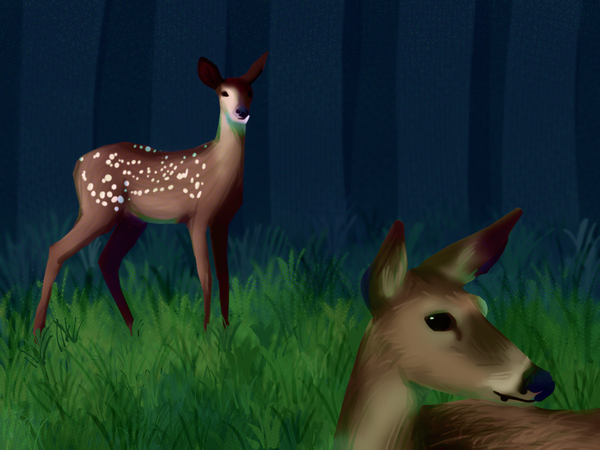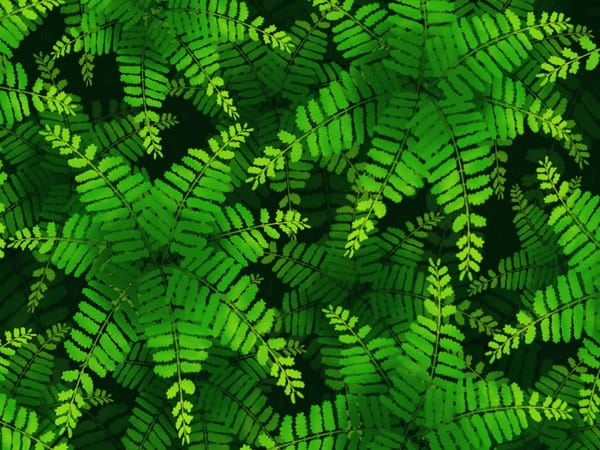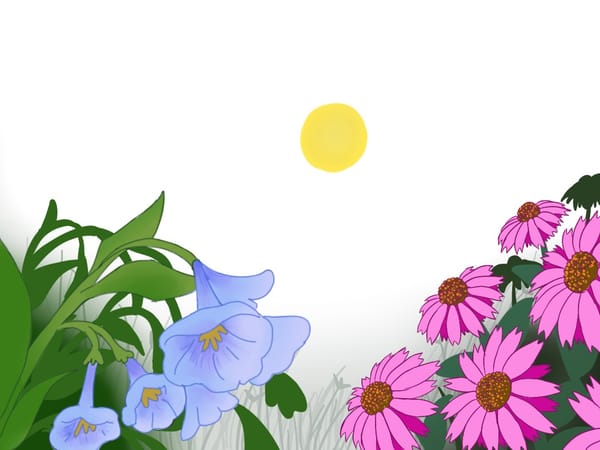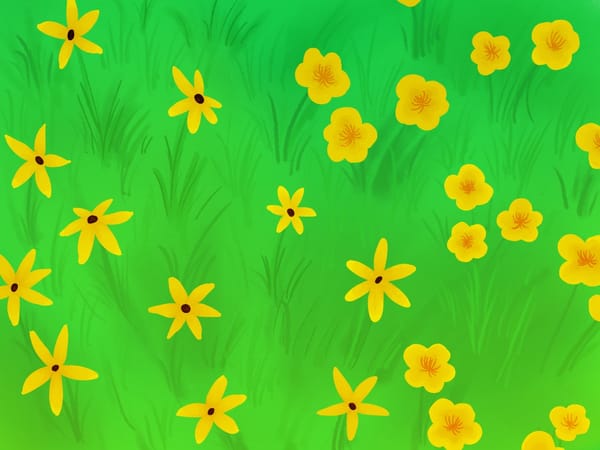Learning About Native Plants vs. Cultivars
This week, I learned about the difference between native plants and cultivars and decided that for the time being, I'll stick with true natives.
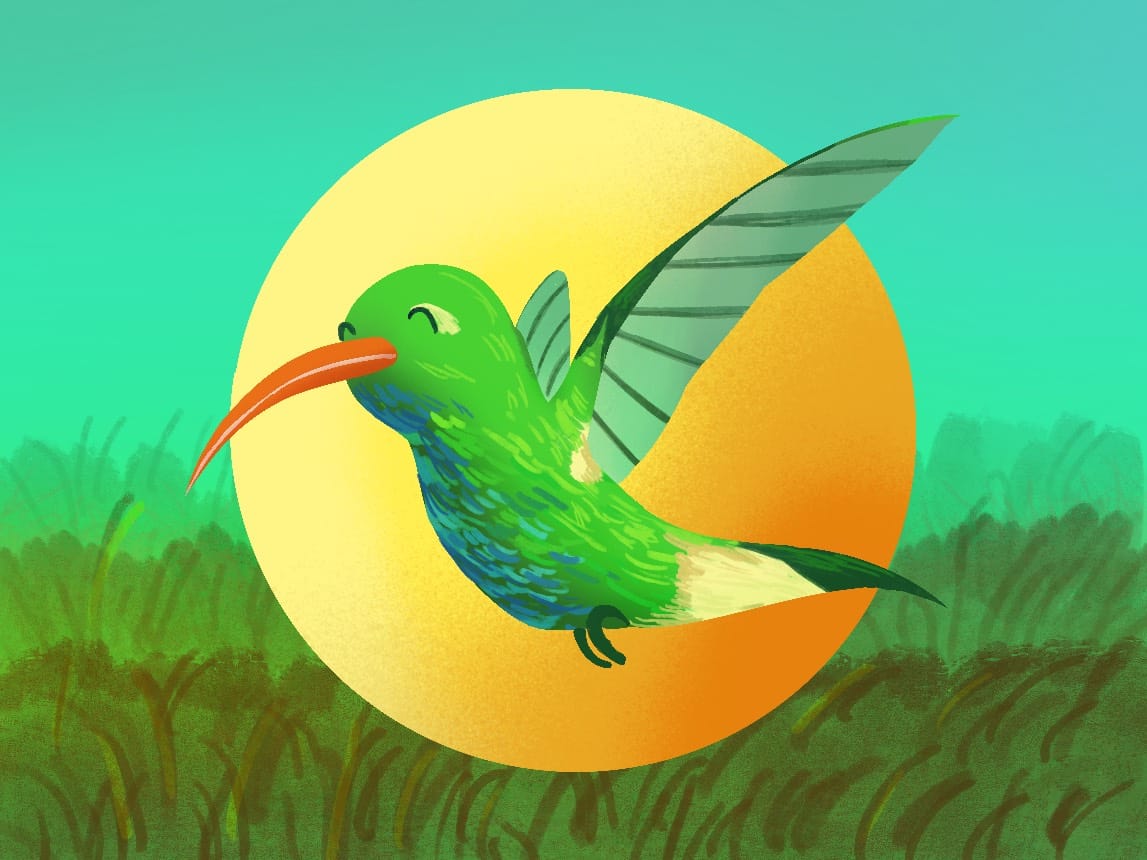
Buying truly native plants is much more complicated than just buying things that look pretty.
I started off searching through the native plants section of Great Garden Plants. I've been buying from that site for years, and the plants I get are always high quality and well packaged for shipping.
But I noticed something that seemed off. The bplant site shows five varieties of Heuchera that are native to my ecoregion, and they're all green. Great Garden Plants has 27, and they're all different colors. The ones on Great Garden Plants all also have cutesy branded names like "Dolce® 'Apple Twist' Coral Bells (Heuchera)."
I couldn't help but wonder if these plants were truly native, so I went on another research deep dive.
Turns out, most of the native plants that non-native-focused nurseries sell are cultivars: plants that have been selectively bred for desirable characteristics. Through cultivation, you can create Heucheras in dozens of colors — not just green; you can make Smooth Hydrangeas that have fuller, rounder flowers that look more like the Hydrangeas that are native to Asia.
The problem with cultivars is that they may or may not retain the same benefits to wildlife as the originals.
Some cultivars don't have as much nutritional value for insects. Some confuse insects because their colors are different, so they don't recognize the plants as a food source.
There are also some concerns about cultivars and evolution. As Grow Native writes: "Straight native plant species are plants that occur in the wild and reproduce without intervention from people. Their diversity of genes gives them more adaptability (or survival insurance) in the face of disease, growing conditions, climate change, or other factors."
Essentially, there's no guarantee that cultivars provide as much benefit to wildlife as truly native plants, and how cultivars will impact the environment in the future — whether positively or negatively — is a big unknown.
However, I did find a great resource for determining the value of cultivars for native wildlife and pollinators: Mt. Cuba Center. They conduct research into different varieties of cultivated plants — like this one on different varieties of Echinacea — to determine how they perform compared to truly native plants.
And while I love learning new things, digging through Mt. Cuba Center's findings to figure out which cultivars on Great Garden Plants were good for pollinators felt like a massive research project that was probably better put off until winter when there's nothing I can actively do outside.
Plus, my gut says that given the evolutionary unknowns, I'm better off sticking to truly native plants as much as possible anyway.
With that long research tangent out of the way, I knew I'd have to find an online nursery that specialized in native plants and listed the scientific names of those plants so I could verify that they were native to the Interior Plateau.
I found quite a few sites but ended up liking Prairie Nursery the most because of their filtering features and the helpful information they include. Remember, I have no idea what I'm doing, so sites that offer more hand-holding are right up my alley.
Prairie Nursery offers a filter I don't see on many sites: soil type. I have extremely dense clay soil — and I would really like to not kill the majority of what I put in the ground this time around — so shopping by soil type felt like a step in the right direction.
I also needed to be able to filter by light exposure as I have both full sun and full shade areas in my garden, and I needed to be able to easily identify deer resistant plants because I have whole families of deer that roam around my yard happily chomping plants down to sad stalks.
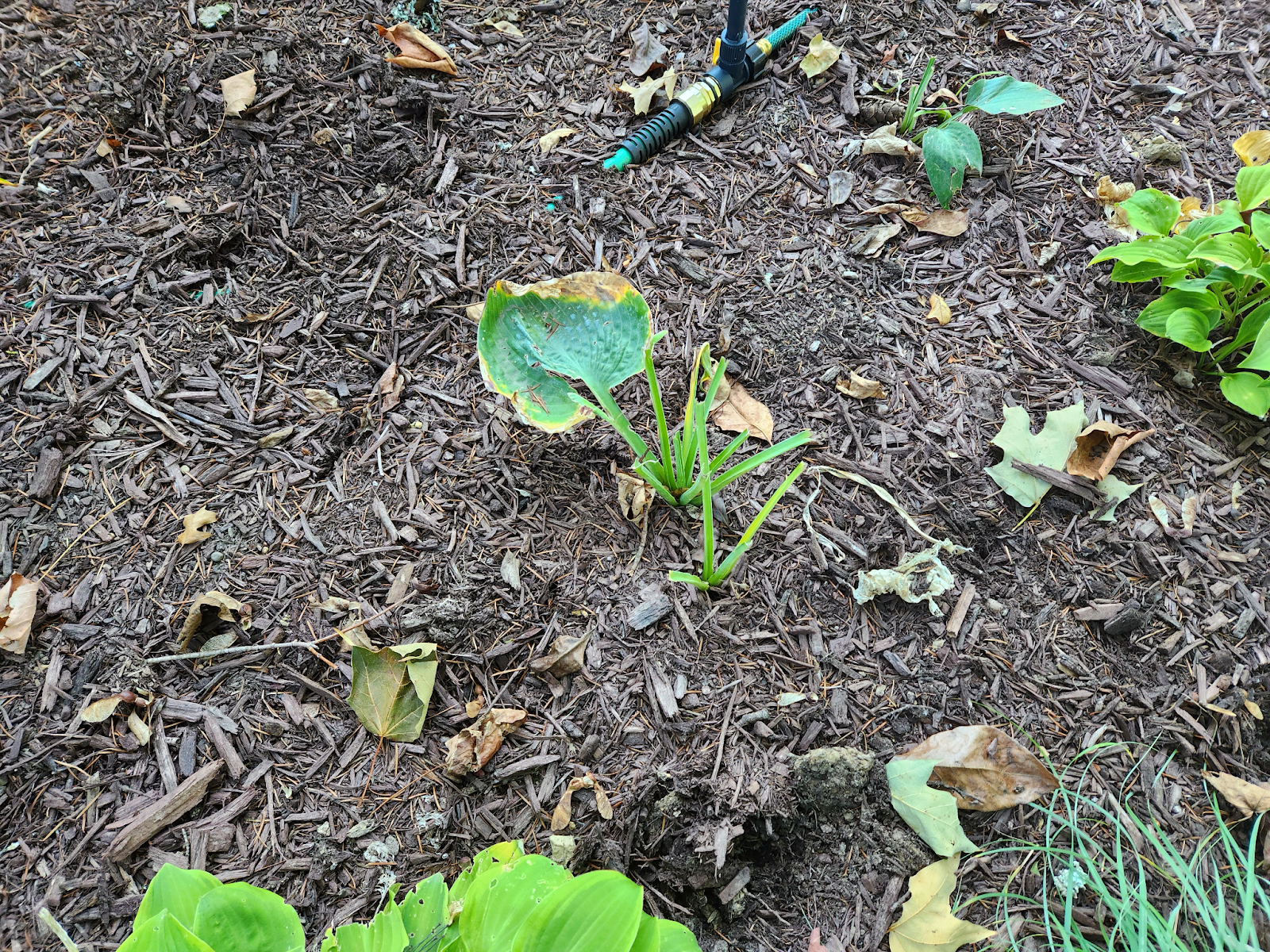
Yes, I know deer are wildlife too and I should plant things intentionally for them to eat, but my front garden isn't the space I want to use for that. I'm hoping to plant a deer haven in my back yard for them eventually, replacing a horribly invasive patch of Day Lilies the previous homeowner left behind (though to be fair, I think Day Lilies might be their favorite snack).
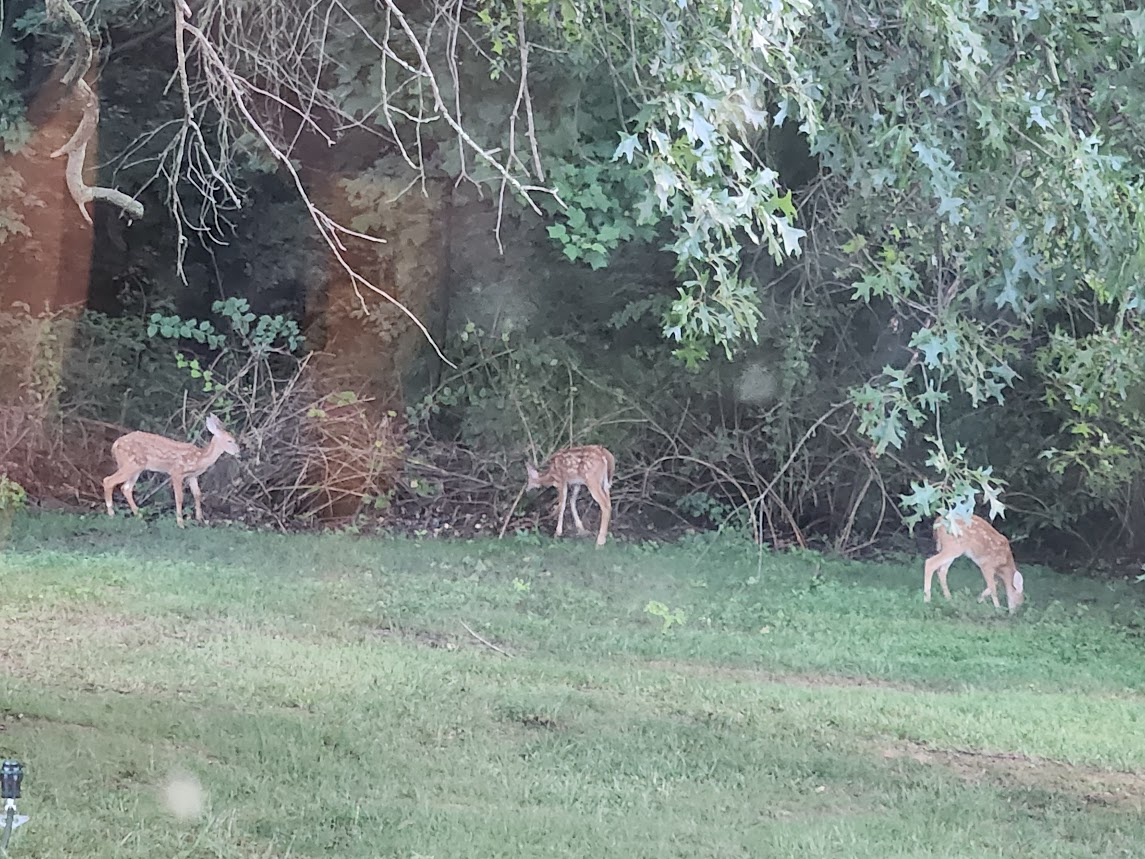
I got really lucky with Prairie Nursery because it just happened to be shipping time for their fall plants. Unlike the non-native nurseries that will basically ship to you whenever, many of the native nurseries only ship twice a year: they have one window for shipping in the spring and one in the fall. I lucked into starting this project at the perfect time for fall shipping.
I scoured their site for plants that met my criteria, measured the space in my garden that I'm planning to plant first, checked all of the plants I was considering against bplant's database, and made my decisions.
Next time, I'll go through which plants I picked, how I built a plan for planting them in Google Sheets, what the plants looked like when they arrived, and how they look after they're in the ground. Make sure to subscribe below to get that post delivered to your inbox!
